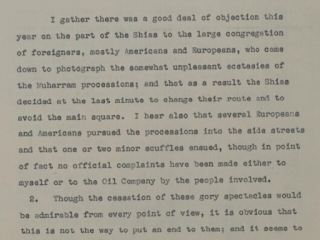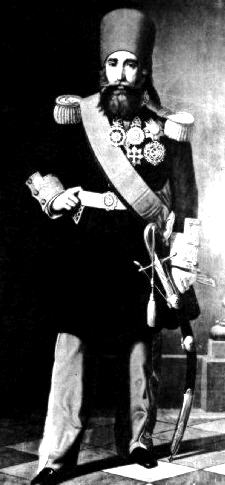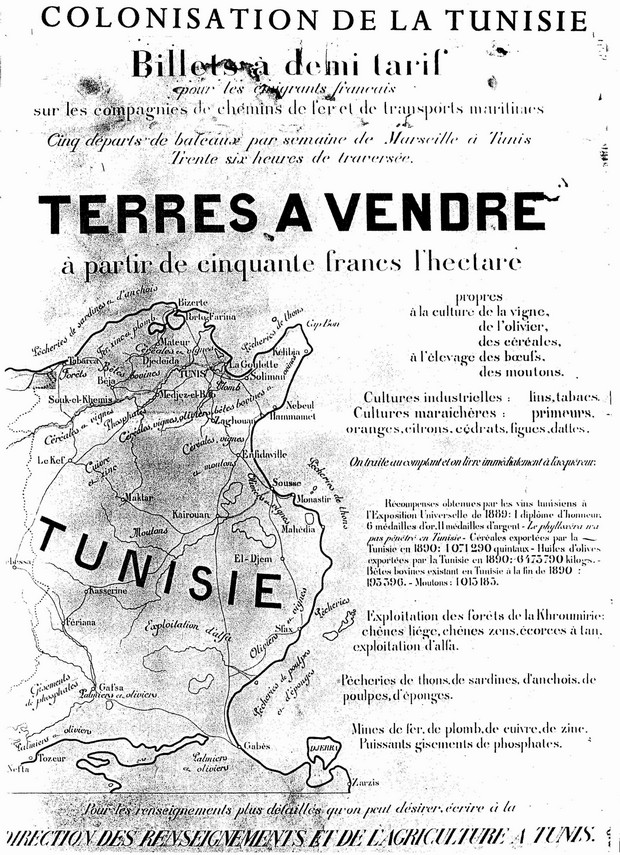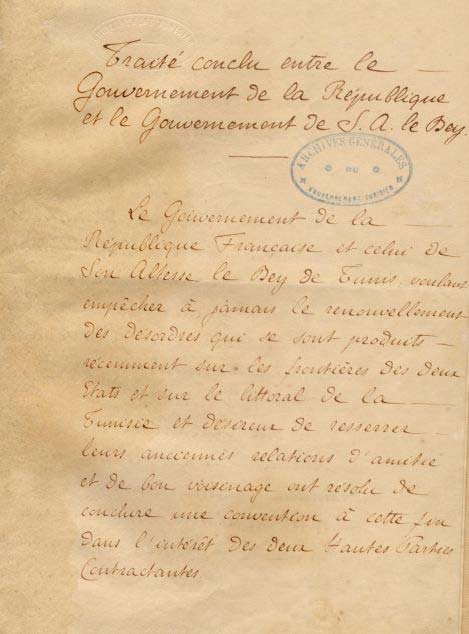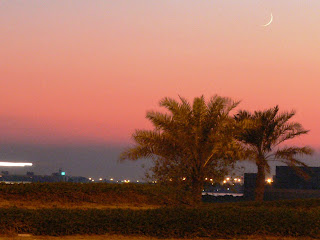Yes, apparently I'm that much annoyed by the
survey's results. So I thought it's time for a real and proper introduction to the Ottomans (and hopefully, I might slim down the margin!), so let's get started !
 |
| The Ottoman insignia (they had style , no ?) |
The Ottomans were, in essence, Turks. The Turks are an ethnic group that originated from Central Asia. The Ottoman Empire, in particular, started in 1299. At the time, Anatolia (which is present-day Turkey, excluding the European part) was carved up into several minor (and often warring) independent states called '
Ghazi Emirates' (or
Anadolu Beylikleri in Turkish).
The founder Osman I and his Dream:
 |
| A map showing Osman I's conquests |
One of these emirates was controlled by a man named Osman I (from which the word "Ottoman" is derived from), who controlled a region in western Anatolia. A popular myth about Osman was the famous "Osman's Dream" myth, in which he had dreamed of a tree which symbolized his future empire. According to his dream the tree, which was Osman's Empire, issued four rivers from its roots, the Tigris, the Euphrates, the Nile and the Danube.
Additionally, the tree shaded four mountain ranges, the Caucasus, the Taurus, the Atlas and the Balkan ranges.
Osman set about conquering nearby areas of Anatolia and with this, the Ottomans have begun their first-minimal wave of expansion.
Expansion , Civil War and Fall of the Byzantine Empire:The Ottomans continued to expand, non-stop, for another 200 years.
An Ottoman conquest of Thessaloniki from the Venetians secured Hellenic Thrace while a decisive battle against the Serbs at the Battle of Kosovo (1389) effectively ended Serbian influence and supremacy in the Balkan region.
The seemingly invincible Ottoman army dealt a severe blow to the Europeans at the Battle of Nicopolis in 1396 , which was known as the Last Major Crusade of the Middle Ages. The victory of the Ottomans over a pan-European army (comprising of Hungarian,Wallachian, French, Burgundian, German forces) marked the end of the Second Bulgarian Empire and lead to Bulgaria being absorbed into the Ottoman empire.
 |
| The Ottoman ,3 years before the capture of Constantinople |
In 1402, the Ottomans, having now secured all former Byzantine lands around the capital Constantinople , were poised to besiege the city.
However, it was not meant to happen, yet.
At around the same time, Tamerlane's horde invaded the Ottoman territories, temporarily relieving the Byzantines.
The Ottomans suffered a humiliating defeat at the Battle of Ankara (1402) when the Sultan (Bayezid I) himself was captured (and later killed).
This led to a power-vacuum and a civil war in the Ottoman empire (imagine the relief of the Byzantines!) and it took more than a decade for the problem to be sorted when Mehmed I took power and emerged as Sultan in 1413.
During the civil war, the Balkan holdings of the Ottomans (including Thessaloniki and others) were lost. Mehmed I effectively reconquered them, Murad II (another Sultan) fended off a Hungarian-Polish alliance to drive the Ottomans out of Europe, defeating them at the Battle of Varna in 1444.
 |
| The painting shows the Fall of Constantinople |
It was Murad's son, Mehmed II , who would be the greatest Ottoman leader yet. He had reorganized the state and military and proved his military ingenuity by conquering Constantinople in 1453 at the mere age of 21, effectively putting to an end, thousands of years of Roman power.
After this, the Ottomans relocated their capital to Constantinople and appropriately, Mehmed II now bears the title "
محمد الفاتح" which means,
Mehmed the Conqueror.
Constantinople fell in 57 days. The reason was thought to have been because Mehmed had focused on strengthening the Ottoman Navy, which was to have an important role in preventing naval aid from reaching the Byzantines.
It was commonly believed that, 10 years after the siege, Mehmed II visited the site of the ruined city of Troy and boasted about how he had avenged the Trojans in their war against the Greeks.
Mehmed II also placed the title "Caesar" on himself, claiming to be descendant from the Romans (his mother was believed to have been a Byzantine princess). He had tried to conquer Rome, sending an invasion fleet to invade South Eastern Italy. This caused the Pope to panic and called for a crusade. Before reaching the invasion site, Mehmed died and the invasion failed.(In fact, he was the Sultan who had fought off Prince Vlad III the Impaler, otherwise popularly known as Count Dracula!)
Peak of Ottoman Power: |
| This map explains the extent of Ottoman Expansionism |
It would be obvious what the Ottomans had achieved now. By capturing Constantinople, they've consolidated their role as being a Mediterranean power. Anatolia was finally conquered by Beyezid II in 1482. His successor, Selim I, conquered modern-day Syria, Lebanon, Jordan, Palestine and Egypt as well as securing Baghdad (temporarily) from the Safavids in the 1510s. After the conquest of Cairo, the Sultan took up the title "Caliph".
Suleiman the Magnificent 's reign followed, in which he expanded the Balkan frontier ; capturing Belgrade and most of Hungary as well as Rhodes. He had also annexed huge parts of Northern Africa (see Libya and Algeria), and had granted the Barbary pirate states of Tripolitania , Tunisia and Algeria, autonomy.
He had also expanded into the Persian Gulf region, turning the local states into Vassal states and maintaining an Ottoman naval presence there until the Portuguese expelled them in 1554. A siege on Vienna (Austria) was laid in 1529 but failed.
By the end of Suleiman's reign, the Ottoman Empire housed 15 million people.
The Ottomans, since they controlled major overland trade routes, had a monopoly over trade products in Europe. However, with the advent of the discovery of the new world and subsequent findings of raw materials and gold, this caused severe inflation in the Ottoman economy. The Ottomans retaliated against aggressive European expansionism , primarily in the form of the Portuguese and Spanish navies.
Decline:The Ottoman Navy suffered their most humiliating defeat, beaten at the Battle of Lepanto against the Holy League (a confederation of Catholic States). Though, this had little tactical significance, this victory symbolized that the Ottoman Navy was not invincible. The Ottomans could be beaten.
As times changed, reliance on firearms grew more and cavalry importance became less. Though the Ottomans were slightly behind the arms race, the Ottomans replaced their secret weapon , the Sepahi cavalry, with an even more frightening corps that striked fear into the Europeans; the Jannisaries.
The Ottomans faced the onslaught of the Holy League once again, in the Balkan frontier. Fifteen (15) continuous years of war culminated in the Treaty of Karlowitz (1699) which lead to the Ottoman Empire to surrender Hungary permanently to the Holy League.
 |
| Battle of Lepanto painting |
Besides a constant changing of hands in the city of Baghdad and Yerevan, very little happened on the eastern front with the Safavids.
As the 18th century arrived, the Ottomans gave more land to the Austrians as a result of war. Soon, Algeria and Egypt were independent in all but name (but came under the influence of France and UK respectively). The Ottomans had to face a new growing challenge - The Russian Empire. Sweden's ruler Charles XII, managed to convince the Ottoman Sultan to declare war on the Russians (in order to help the Swedes). The Ottomans were largely successful and ended in an Ottoman victory.
During the Tulip Era (1718–1730), named for Sultan Ahmed III's love of the tulip flower and its use to symbolize his peaceful reign, the Empire's policy towards Europe underwent a shift. The Empire began to improve the fortifications of its cities in the Balkan peninsula to act as a defence against European expansionism.
Cultural works, fine arts and architecture flourished, with more elaborate styles that were influenced by the Baroque and Rococo movements in Europe. A classic example is the Fountain of Ahmed III in front of the Topkapı Palace. The famous Flemish-French painter Jean-Baptiste van Mour visited the Ottoman Empire during the Tulip Era and crafted some of the most renowned works of art depicting scenes from daily life in the Ottoman society and the imperial court
After the Crimean War (fought in the Crimea region of Ukraine, and involving the Ottomans), the Ottomans were inevitably going to fall.
The spread of Nationalism, secessionism (particularly in the Balkans) and the Reform movement (ie, the Tanzimat era) led to the downfall of the Ottomans. The Ottomans were a multi-ethnic empire where differences were bound to be obvious ; the government had tried to impose
Ottomanism, where all Ottoman subjects were viewed as equals (perhaps a response to the French Revolution as well ?).
The Empire is Dead. Long Live the Republic:World War One was the killing blow. The Ottomans, having aligned with the Central Powers, faced a double frontier; one in the Caucuses against the Russians, and one in the Sinai frontier against the British (and briefly, a front in Gallipoli and in Iraq, both of which failed). The Russian theater was particularly a bloody one.
 |
| The Mesopotamian Theater |
The Great Arab Revolt of 1916 (the brainchild of British negotiations with the Sharif of Mecca) was the turning point in the Middle Eastern theater. Jordan, Palestine, Iraq and Syria was lost by 1918. In 1919, under the Treaty of Sèvres, the dissolution of the Ottoman Empire was solidified. For the first time in 600 years, foreign soldiers of an enemy army occupied Constantinople in 1918.
 |
| The Turks were furious , guess why ? |
The Turks were furious, their land was being carved up by foreign powers and there was one Turk who didn't stand for this. Mustafa Kemal (Ataturk was a later title), a soldier of the former Ottoman Army who served in Gallipoli, he had lead the Turkish War of Independence against the foreigners.
First, the revolutionary army went to war against the newly-founded Armenian state which culminated to the Treaty of Alexandropol (December 2, 1920) which nullified the state. Attention was turned to the Greeks and their land was won again.
The Greek campaign was launched because the western Allies, particularly British Prime Minister David Lloyd George, had promised Greece territorial gains at the expense of the Ottoman Empire. It ended with Greece giving up all territory gained during the war, returning to its pre-war borders, and engaging in a population exchange with the newly established state of Turkey under provisions in the Treaty of Lausanne.
The collective failure of the Greek military campaign against the Turkish revolutionaries, coupled with the expulsion of the French military from the region of Cilicia, forced the Allies to abandon the Treaty of Sèvres. Instead, they negotiated a new treaty at Lausanne. This new treaty recognised the independence of the Republic of Turkey and its sovereignty over East Thrace and Anatolia.
 |
| Painting showing the capture of Ismir |
As one Turkish poet said ;
The war was over.
The Empire was dead.
The Republic lived on.
If the above article is unclear, I direct you to this colourful map! |
| Understood now ? :) |





